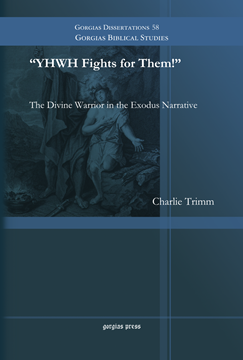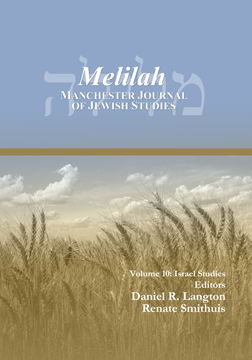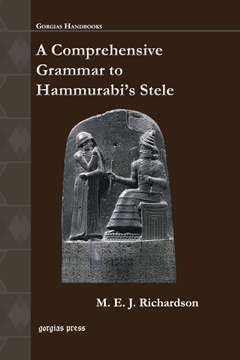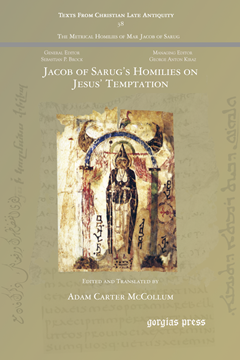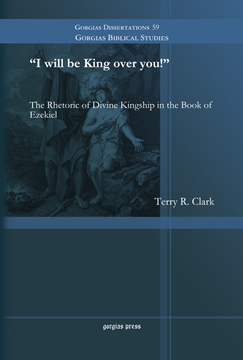"YHWH Fights for Them!"
The Divine Warrior in the Exodus Narrative
Series: Gorgias Biblical Studies 58
ISBN: 978-1-4632-0271-2
The divine warrior is an important motif in the Old Testament, leading many to study profitably the motif in its most prominent manifestations in poetic texts. This study builds on that foundation by examining the divine warrior in detail in the exodus narrative to construct a broader picture of the motif in the Old Testament.
$164.00 (USD) $98.40 (USD)
Hugoye - Journal of Syriac Studies (volume 16)
2013
General Editor George Anton Kiraz
Series: Hugoye: Journal of Syriac Studies 16
ISBN: 978-1-4632-0280-4
Widely regarded as a premier journal dedicated to the study of Syriac, Hugoye: Journal of Syriac Studies was established in 1998 as a venue devoted exclusively to the discipline. An organ of Beth Mardutho, the Syriac Institute, the journal appears semi-annually and will be printed in annual editions. A peer-reviewed journal, Hugoye is a respected academic source for up-to-date information about the state of Syriac studies and for discovering what is going on in the field. Contributors include some of the most respected names in the world of Syriac today.
$75.00 (USD) $45.00 (USD)
Manchester Journal of Jewish Studies (2013)
Editors Daniel R. Langton & Renate Smithuis
ISBN: 978-1-4632-0282-8
Melilah is an interdisciplinary electronic journal concerned with Jewish law, history, literature, religion, culture and thought in the ancient, medieval and modern eras.
$52.00 (USD) $31.20 (USD)
A Comprehensive Grammar to Hammurabi’s Stele
Series: Gorgias Handbooks
ISBN: 978-1-4632-0284-2
This complete grammar of Code of Hammurabi is formally arranged and can be the basis for learning the rest of Akkadian grammar. Students of Biblical Hebrew or Arabic will find it a most convenient introduction to this sister language. The cuneiform text has been set out in columns opposite a phonetic transcription, thus enabling the comprehensive set of citations illustrating various points of Akkadian grammar to be easily checked within their wider linguistic context. This book, when used in conjunction with the author’s previous book “Hammurabi’s Laws”, makes it possible for a student to learn to read and understand the whole text of Hammurabi’s Stele.
$82.00 (USD) $49.20 (USD)
Jacob of Sarug’s Homilies on Jesus' Temptation
Edited and Translated by Adam Carter McCollum
Series: Texts from Christian Late Antiquity 38
ISBN: 978-1-4632-0285-9
This volume presents, with introduction and annotations, two metrical homilies (Bedjan nos. 82, 126) of Jacob of Sarug in which he reflects on the Temptation of Jesus as combat between Satan and Jesus, the latter emerging as the humble victor.
$47.00 (USD) $28.20 (USD)
"I will be King over you!"
The Rhetoric of Divine Kingship in the Book of Ezekiel
Series: Gorgias Biblical Studies 59
ISBN: 978-1-4632-0286-6
This book examines various rhetorical ways in which the motif of Yahweh’s Kingship functions in the Book of Ezekiel and explores what these arguments contribute to our understanding of the prophetic book as a whole.
$168.00 (USD) $100.80 (USD)
